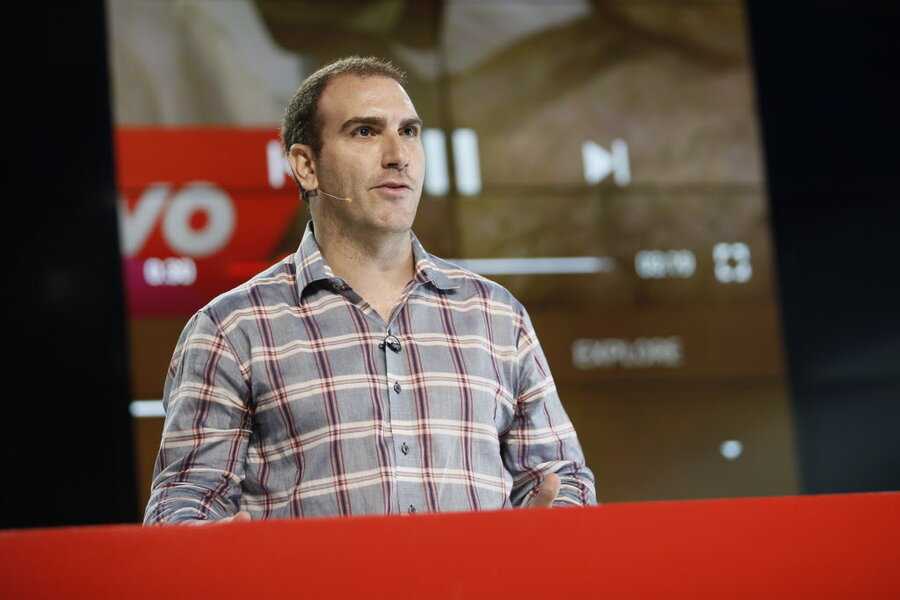Inside YouTube Red: a new music and video-subscription service
Loading...
In a bid to compete with music-streaming services like Spotify, YouTube has announced it will begin offering an ad-free music and video service.
The service, called YouTube Red, will launch in the United States on October 28th, and include the ability to watch videos and listen to music without interruptions, and save videos to a device. It will also include a free subscription to Google Play Music.
In addition, YouTube Red will also roll out its own content, dubbed “YouTube Originals,” which may be a signal to competitors like Netflix, Amazon, and Hulu.
While YouTube is already known for its diverse supply of viral-ready videos, this original content will be created by those YouTube artists who have already demonstrated extreme popularity with users of the site, and will only be available on the YouTube Red service. That includes the Scandinavian PewDiePie, who will star in his own reality show called “Scare PewDiePie.”
“We’re excited to bring these original series and movies to YouTube Red members,” Susanne Daniels, YouTube’s vice president of original programming, said in a statement on the company’s official blog.
YouTube Red is one of many similar services across the music and entertainment industries that seeks to build a sense of exclusivity by offering an ad-free subscription service: Hulu (television), Spotify (music), Pandora (radio), and TuneIn (radio) all offer paid ad-free options.
“People are embracing paid subscriptions for ad-free content at an incredible pace,” Robert Kyncl, YouTube’s chief business officer, told The New York Times.
Currently, the majority of YouTube’s revenue comes from its advertising, which has increased by over 40 percent in the past year, profits that are in the same ballpark as Spotify (45 percent) and Pandora (56 percent).
The question of how to achieve both profitability and distinction is a question that remains for these entertainment outlets.
Spotify has achieved remarkable growth, but generates most of its $1.3 billion in revenue from its 15 million paid subscribers, not advertising, and has struggled with rising losses – $197 million in 2013, according to the New York Times. Still, as The Christian Science Monitor reports, Spotify remains competitive against newer subscription services like Apple Music, which features limited sharing options and a difficult-to-navigate menu.
The creation of YouTube Red may be a move to not only generate new revenue from users who would prefer a world without ads, but also an attempt to appeal to artists as well.
In 2014, Taylor Swift pulled her entire back catalogue from Spotify, due to a complaint that she was not being compensated fairly by that music-streaming service when users streamed her music for free. The rise in popularity of subscription-based services may signal an important shift in the landscape, as it compensates artists for their work and allows users to listen to music or watch videos without ads.








